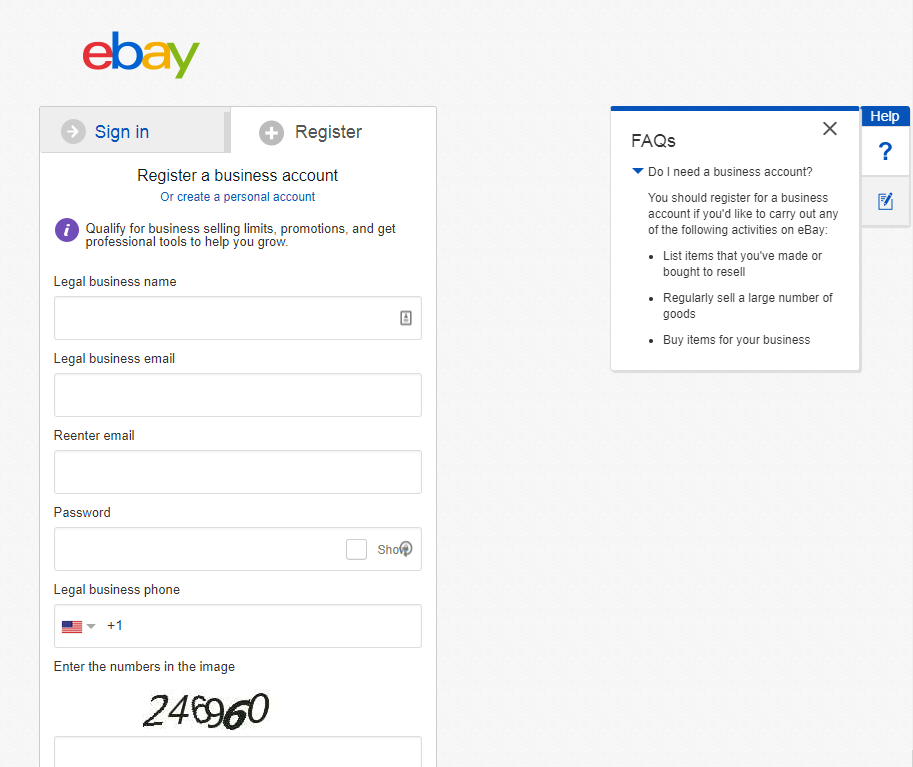eBay - Reddit


eBay Cuts Listing Time in Half for Trading Card Sellers with New Feature Coming April 2021

eBay Logo and the History Behind the Company - LogoMyWay
What Does Working at eBay - Glassdoor Mean?
< drop shipping ="p__0">com was already taken by a gold mining business, so Omidyar shortened it to e, Bay. com. In 1997 the company got $6. 7 million in financing from the equity capital firm Benchmark Capital. The frequently repeated story that e, Bay was founded to help Omidyar's future husband trade Pez sweet dispensers was produced in 1997 by public relations supervisor Mary Lou Song to provide the media a human-interest story more enticing than Omidyar's original vision of a "perfect market". The Pez dispenser misconception generated enormous publicity and resulted in explosive early development amongst toy collectors. The leader in the toy category quickly became Beanie Infants made by Ty, Inc., the most hard toys to discover in retail stores.
However, it was overwhelmed with unsortable listings, creating an urgent need for a more effective online trading system. Beanie Infants rapidly became the dominant item on e, Bay, representing 10% of all listings in 1997, as collectors thronged e, Bay's easy to use user interface to look for specific Beanie Infants. Meg Whitman was worked with by the board as e, Bay president and CEO in March 1998. At the time, the business had 30 workers, half a million users and profits of $4. 7 million in the United States. On September 21, 1998, e, Bay went public. In the threat aspects area of the annual report filed with the US Securities and Exchange Commission in 1998, Omidyar notes e, Bay's dependence on the continued strength of the Beanie Infants market.

50 on the first day of trading. As the business expanded item categories beyond collectibles into practically any salable product, company grew rapidly. In 2000, e, Bay had actually 12 million registered users and a cyberinventory of more than 4. 5 million products on sale on any given day. In 2001, e, Bay had the largest userbase of any e-commerce site. In February 2002 the business acquired i, Bazar, a similar European auction web website established in 1998, and then bought Pay, Buddy on October 3, 2002. By early 2008 the business had expanded worldwide, counting hundreds of countless registered users in addition to 15,000 workers and earnings of almost $7.
